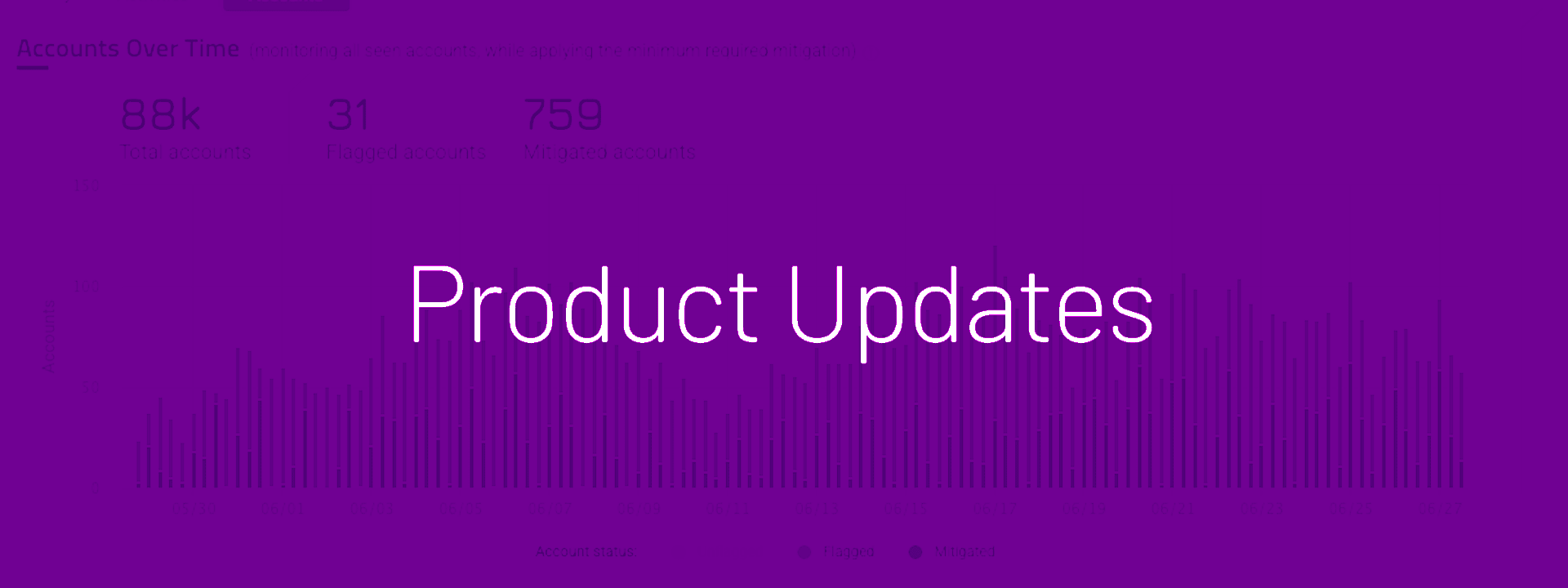All Blogs

HUMAN BLOG
U.S. Government Cracks Down on Ticket Scalping
READ NOW

HUMAN BLOG
Stopping Scalper Bots: How to Protect Fans, Customers, and Revenue
READ NOW

HUMAN BLOG
How to Focus and Accelerate Security Investigations with HUMAN Sightline
READ NOW

HUMAN BLOG
Satori Perspectives: Inside the Disruption of BADBOX 2.0
READ NOW

HUMAN BLOG
Future-Proofing Platform Trust: Emerging Threats and Scalable Solutions in Ad Tech
READ NOW

HUMAN BLOG
Attack Profiles: Taking Bot Management Beyond Anomaly Detection
READ NOW

HUMAN BLOG
Satori Perpectives: Tracking the Ongoing Evolution of Harly Trojan Android Fraud
READ NOW

HUMAN BLOG
Human Sightline: A New Era in Bot Visibility
READ NOW

HUMAN BLOG
HUMAN Security Q4 2024 Product Updates
READ NOW

HUMAN BLOG
Better Together: Uniting IVT Protection with Supply Chain Intelligence
READ NOW

HUMAN BLOG
Beyond Manual Validation: Bringing Efficiency to Ad Standards Compliance
READ NOW

HUMAN BLOG
Nuanced Intelligence: Addressing Made for Advertising Sites
READ NOW

HUMAN BLOG
How to Choose the Right Bot Management Solution: A Buyer’s Guide
READ NOW

HUMAN BLOG
Combatting Fraud in Financial Services
READ NOW

HUMAN BLOG
Satori Perspectives: BADBOX 2.0 Ups the Sophistication with a New Reverse Engineering Challenge
READ NOW

HUMAN BLOG
BADBOX 2.0: The sequel no one wanted
READ NOW

HUMAN BLOG
Satori Threat Intelligence Disruption: BADBOX 2.0 Targets Consumer Devices with Multiple Fraud Schemes
READ NOW

HUMAN BLOG
Click Fraud 101: The Main Types of Invalid Clicks Draining Your Ad Budget
READ NOW
- 1
- …